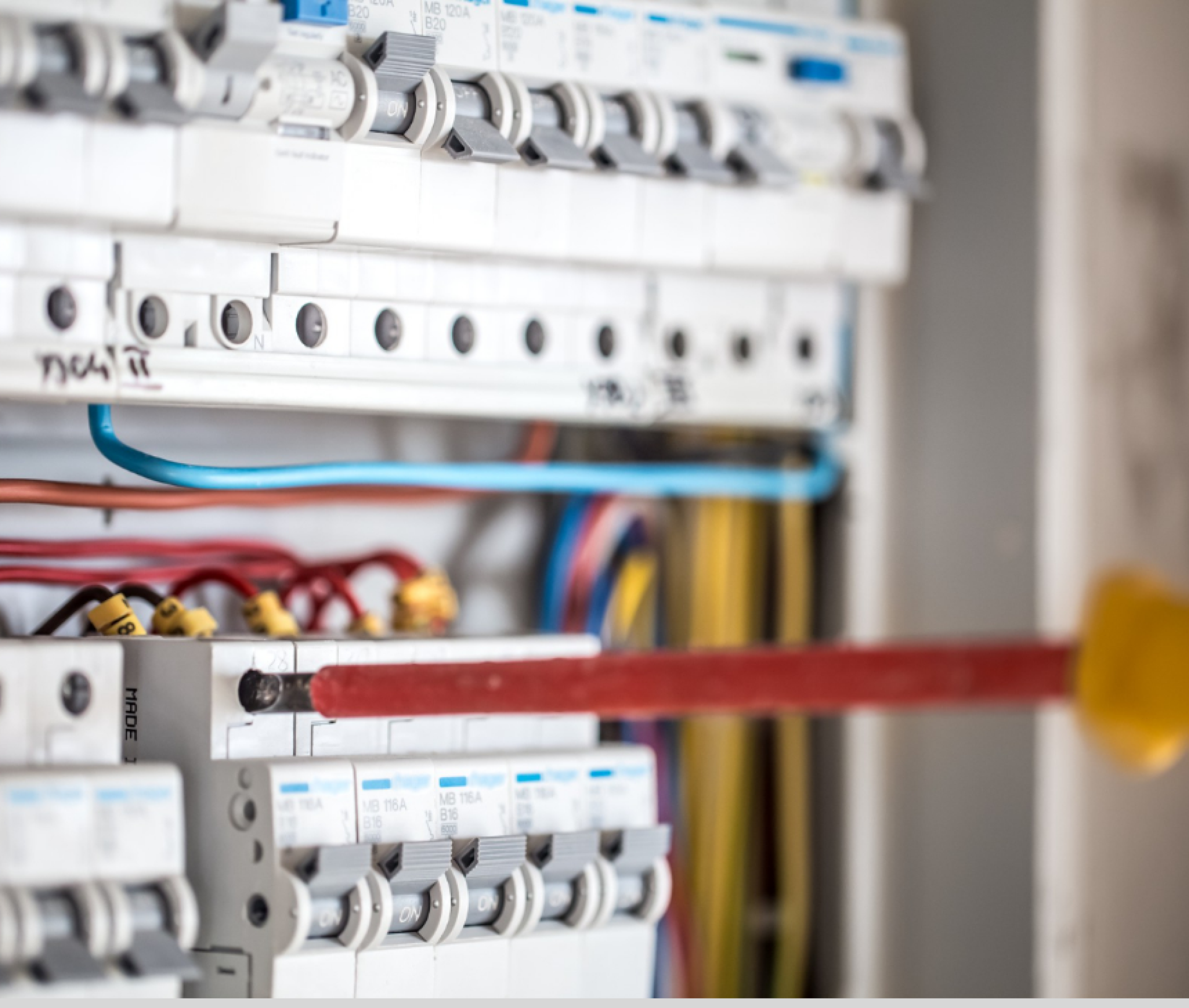
Indoor electrical installations, sometimes also called "local electrical installations," are a system of components that enable the use of electricity inside a building or another structure.
Indoor electrical installations, sometimes also called "local electrical installations," are a system of components that enable the use of electricity inside a building or another structure. They are composed of several main components:
Connection to the electrical network: To implement electricity into a building, a connection to the main electrical network is needed, which causes electricity to arrive from the nearest power station.
Electrical converter: The converter converts the electricity from high voltage to low voltage, which is more suitable for indoor use in a building.
Electric panel (control board): The electric panel is the place where electricity is exchanged for all the electric lines in the building. It includes circuit breakers and fuses that protect the system from electrical occurrences or overload.
Cables and wires: Cables and wires transmit electricity from the main panel to the rest of the building.
Sockets and switches: Sockets allow electrical devices to connect to the electrical system. Switches allow control over the operation of lights and other devices.
Electrical devices: These include any device that is connected to a socket, such as refrigerators, televisions, computers, air conditioners, and more.